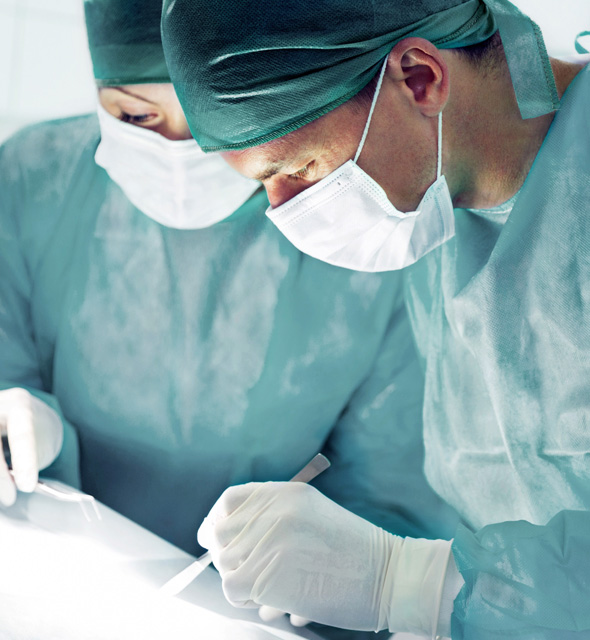 What is Mohs Surgery?
What is Mohs Surgery?
Mohs micrographic surgery is a surgical and pathological technique used to treat basal cell carcinoma and squamous cell carcinoma on the face, head and neck. During Mohs surgery, thin layers of cancer-containing skin are removed and examined under the microscope until only the cancer-free tissue remains.
Mohs surgery is performed in order to remove the skin cancer, while doing minimal damage to the surrounding healthy tissue. Mohs surgery is performed on an outpatient basis using a local anesthetic. Mohs surgery allows surgeons to verify that all cancer cells have been removed at the time of surgery, increasing the chance of a cure and decreasing the need for additional surgeries.
Who Will be Performing the Procedure?
Dr. Michael Stevens is Nova Scotia’s only Mohs surgeon and has performed thousands of these highly specialized surgical procedures. Learn more about Dr. Stevens HERE.


 What Can I Expect?
What Can I Expect?